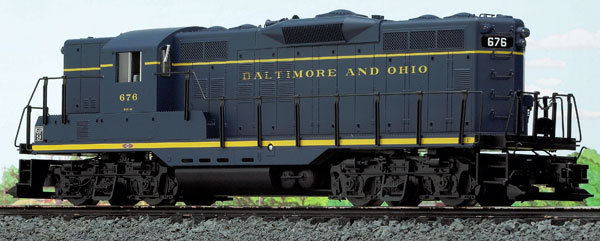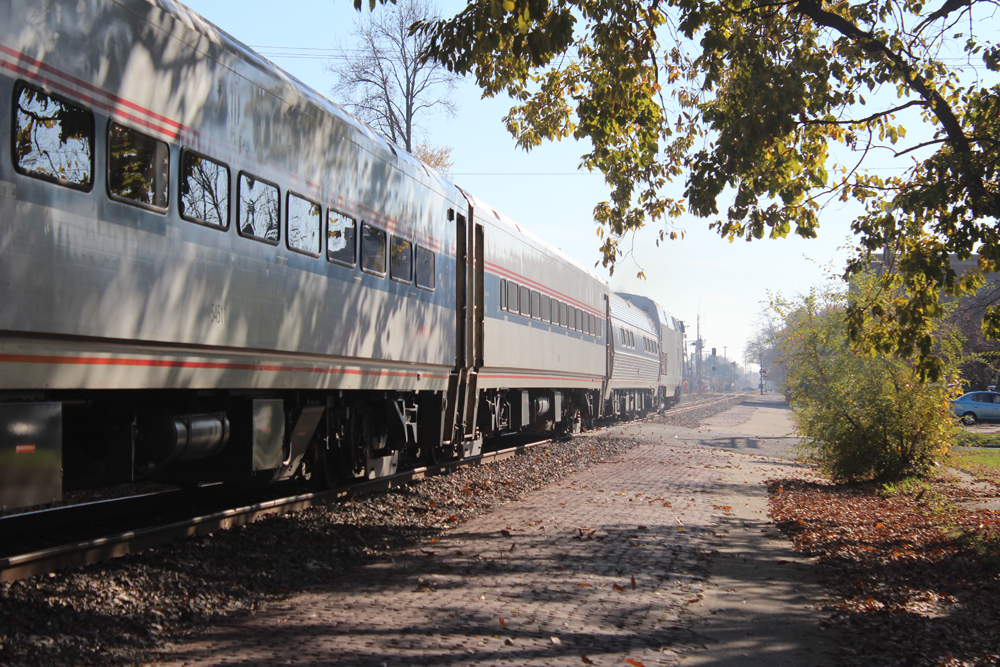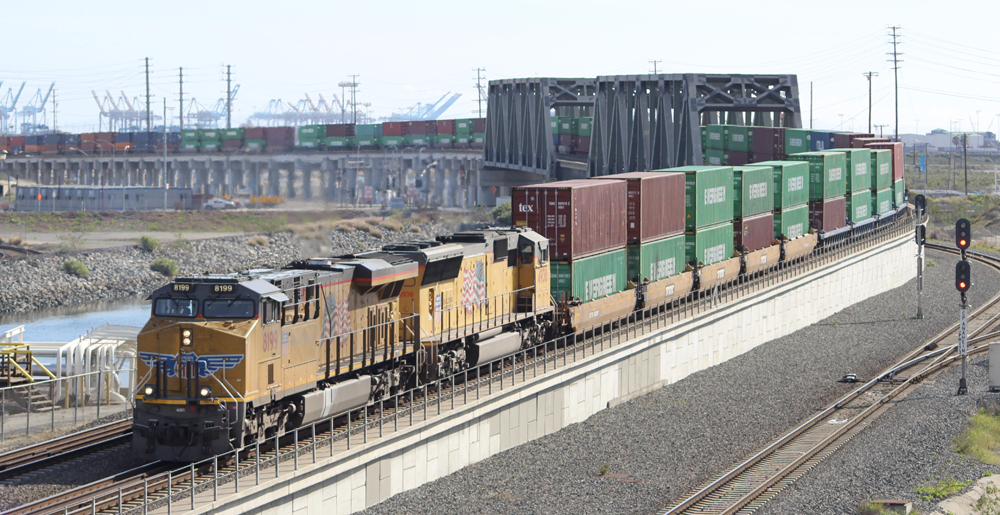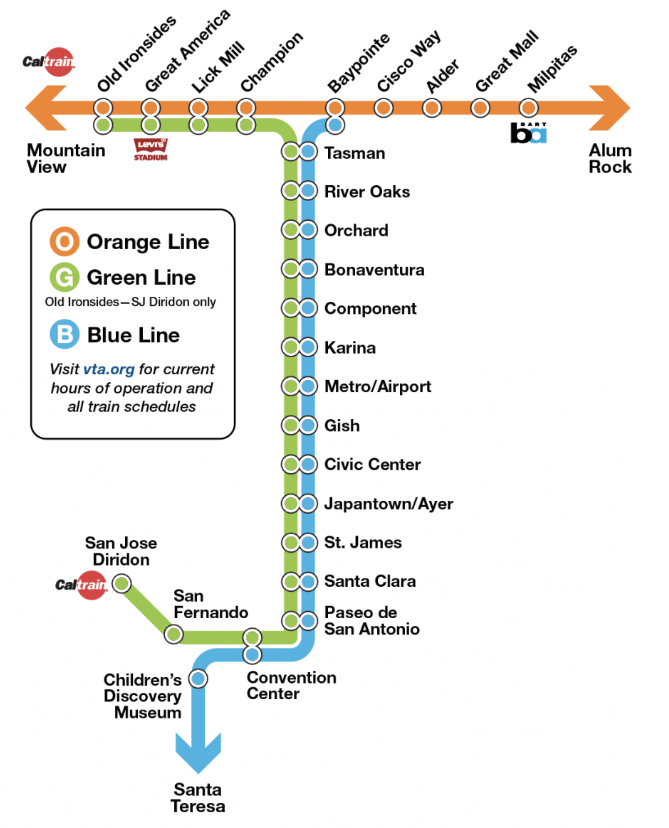Today, as an O gauge model railroader, I can change that situation. Atlas O has crafted a very agreeable model of this Rodney Dangerfield of locomotives.
Little needs to be said about the real Geep. While F-units demonstrated a more effective, efficient way of doing railroad business, it was the subsequent GP7 and GP9 road switchers that helped cement dieseldom’s victory over steam. More than 4,000 of these 1,750-horsepower hood units were built for North American railroads between 1954 and 1959. They were literally everywhere.
Toy train operators have been awaiting the release of Atlas O’s locomotive ever since it acquired the model’s tooling from a company called Red Caboose, which marketed a two-rail GP9 in O scale several years ago. If you guessed that the folks at Atlas O would do a GP9 right, you are correct – they did a great job.
The model
All of the Atlas O diesels that I’ve reviewed are packed with exterior details, look well balanced, and have a heft that I associate with a quality piece.
When initially examining a locomotive, I always jot down the features my eyes are drawn to first. While a snazzy paint scheme scores high on the eye-candy meter, I tend to gravitate toward details I wasn’t expecting.
In the case of the GP9, right out of the box my eyes zoomed in on the unpainted fan blades on the roof, the struts in the fan housing, and the scale lift rings. I was also drawn to the two exhaust stacks and grab irons on both ends of the roof.
My eyes also turned toward the fine tread pattern on the decks, which appears to even include plate seams on the front and rear platforms. My eyes also focused on what initially looked like tread pattern on the steps – but closer examination revealed that I was looking at see-through water drains.
The outstanding rendition of the locomotive’s Blomberg trucks is another stand out detail on this diesel.
Individually, these may not be the most important details on a model – but they are indicators of the care that went into the development of this baby.
More conventionally, the pilots feature simulated brake lines, uncoupler bars, and drop decks for crewmen walking between multiple units. A safety chain protects scale crewmen from falling between the nose and tail railings. Unlike the Red Caboose version with fixed pilots, the pilots on the Atlas O three-rail model swing with the trucks to allow O-36 operation.
The body shell features plenty of cast-in detail, such as latches, hinges, louvers, and hatches for sand. The ends of the shell feature add-on grab irons, and illuminated number boards and marker lights. The screens on the sides of the long hood are cast-in, not see-through. The cab features two crew figures and the four “forward” windows have add-on windshield wiper arms.
A number of add-ons, such as a builder’s plate, a “GP9” plate, and the always handy “F” for “front,” enhance the model for an authentic appearance.
The Atlas O model’s frame measures 52 feet in O scale (13 inches), accurate for a scale model of a GP9.
The sedate Baltimore & Ohio paint scheme on our B&O sample locomotive is well executed. The name of the railroad is spelled out, looking far classier than the simple “B&O” that the railroad later used on its motive power. Of note is the skillful way the name is printed over the louvered doors.
Other road names offered in Atlas O’s initial run of powered GP9s are Erie, Milwaukee Road, Santa Fe, Southern Pacific, and Western Maryland, each in two road numbers.
I can’t think of a major railroad that didn’t own any Geeps, and if you open things up to short lines and major industrial users, Atlas O has an almost infinite pool of road names for future runs.
Atlas O is cataloging three versions of the GP9 for the three-rail market. It is available in a powered command-control version for $439.99, a conventional-control version for $329.95, and an unpowered version for $199.95.
On the test track
Our sample locomotive is designed to run long-cab forward, as was customary in the early diesel period, so if you are a short-hood forward-only kind of guy, be prepared to live with the crew figures facing the “wrong” direction!
The model is equipped with two can-style motors and a smoke unit. The electronics package includes Lionel’s TrainMaster and RailSounds systems, Train America Studio’s Engineer On Board speed-control system, and coil couplers.
Our test sample’s speed range was 2.62 to 80.2 scale mph. Drawbar pull for the 4-pound 11-ounce locomotive was 1 pound 10 ounces.
Our low-end speed testing started out a bit bumpy. With the speed control turned off in either conventional- or command-control modes, our sample locomotive exhibited a noticeable lurch at its slowest speeds. The locomotive would run a few inches and slow to a stop or a near stop. It would lurch ahead again, then slow and stop, only to repeat the cycle again and again.
With speed control turned on, there was no hesitation.
After about 30 minutes on the track, our sample locomotive’s mechanism loosened up, and there was a noticeable improvement in low-speed operation with speed control turned off. Operation remained just fine with speed control turned on.
I can’t praise enough Atlas O’s inclusion of the Train America Engineer On Board speed-control system. It is easy to use, and it delivers excellent results that let you run your trains at full throttle or creep along like your granny. You can run the locomotive with 32 or 128 speed steps, or turn speed control off and run the GP9 the traditional way with your hand on a transformer throttle.
The smoke unit is especially strong.
The Lionel RailSounds suite is an oldie but goodie. The Geep sounds like a warhorse of the rails, especially when it’s accelerating under load. The coil couplers deliver a satisfying “clunk” when they open.
The locomotive’s beefy, die-cast metal frame is supplemented with a die-cast metal housing for the speaker.
The locomotive has two pickup rollers spaced approximately 7 inches apart, and we experienced no stalling on switches of any brand. Look beneath the frame on the short-hood side and you’ll find the run/program, smoke-unit, speed-control, and sound on/off switches.
The backup 9-volt battery for RailSounds fits beneath the dynamic-brake blister. Though the blister is usually easy to remove, it took me three tries to get it off our test sample. The blister also contains the exhaust stacks that double as the receptacle for smoke fluid. If you flip the blister on its back, you’ll find the ducted channel that delivers the elixir to the smoke unit. Pretty cool, eh?
In all, the Atlas O GP9 looks great and runs well. It’s the locomotive that just might get some “all-steam” O gauge lines to finally begin 1:48 scale dieselization!














